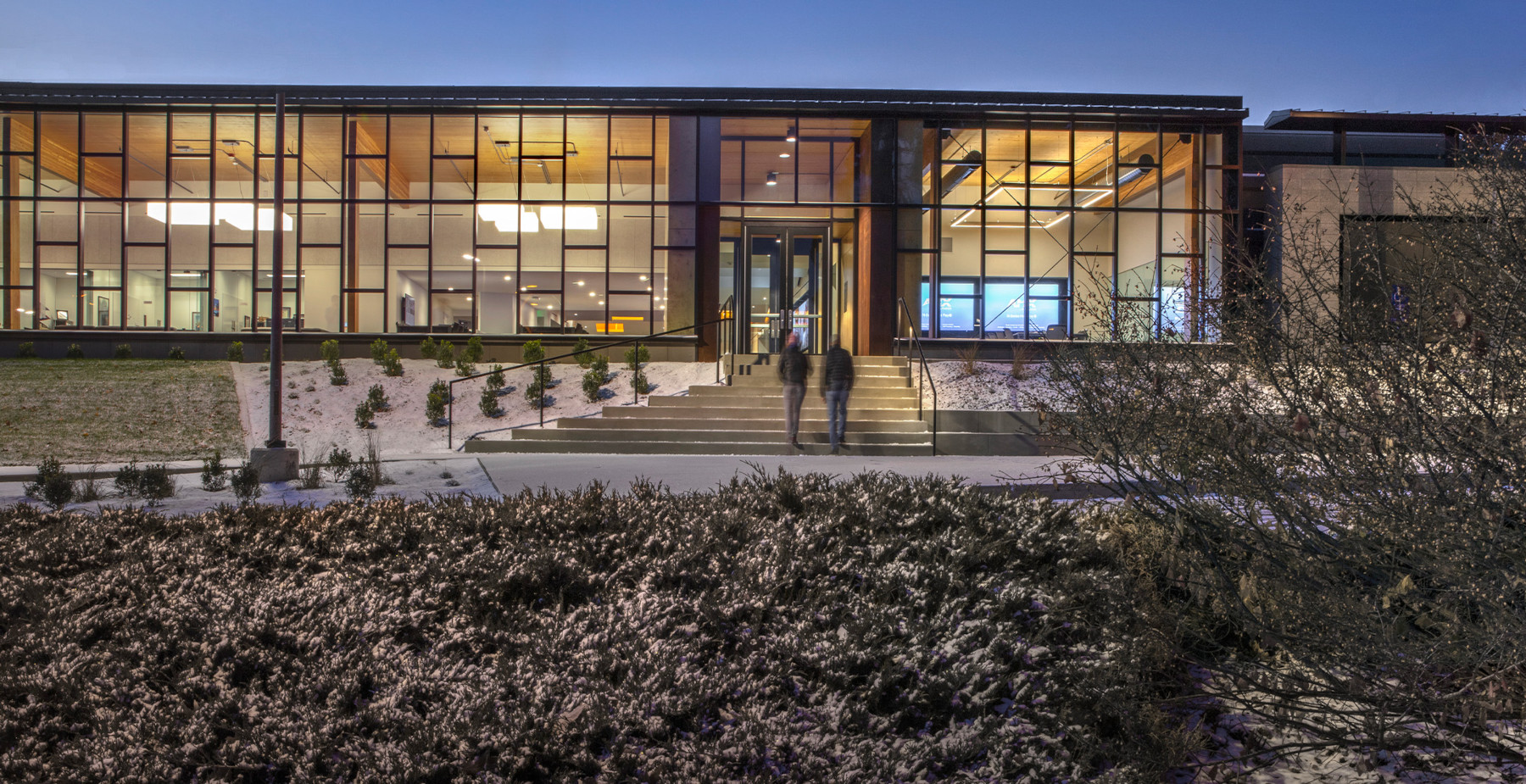
Join Flad at the Tradeline 2023 University Science and Engineering Facilities Conference
Adaptive Reuse for STEM Buildings: Tools and Strategies to Transform Older Buildings
Tradeline // University Science and Engineering Facilities 2023
Monday, October 2, 2023 // 11:10 am – 12:05 pm CDT
Tuesday, October 3, 2023 // 1:45 pm – 2:40 pm CDT
In-person event // Austin, Texas
There is more value in existing university buildings than is often realized. In a session at the upcoming Tradeline University Science and Engineering Facilities conference, Flad principals Ben de Rubertis and Matt Garrett will discuss the opportunities that adaptive reuse offers in leveraging existing resources to serve new teaching and learning programs.
Ben and Matt will illustrate the specific adaptive reuse strategies employed for completed STEM projects at Ohio University, the University of San Francisco, and the University of Idaho to create state-of-the-art makerspaces, student-focused teaching laboratories, and multidisciplinary research facilities.
Due to their individual and unique qualities, these projects can be challenging as well as rewarding, so it is critical to analyze and understand the opportunities and obstacles to a successful outcome. This presentation will focus on a set of tools and decision points that can help guide the process of revealing a building's potential to create sustainable, effective, and beautiful science and engineering facilities.
About Tradeline University Science and Engineering Facilities Conference >
This Tradeline conference will provide attendees with powerful new planning, design, and construction
solutions that peer institutions are putting in place to propel their science, engineering, and technology
programs to the next level. The event features details on facility components that support new and expanded
research programs, enable active and hybrid learning, improve recruitment of researchers, students, and faculty,
make more efficient use of resources (space, budgets, and core technology), increase flexibility, integrate
science and engineering disciplines, boost collaboration and interaction, and reduce capital and operating costs.
